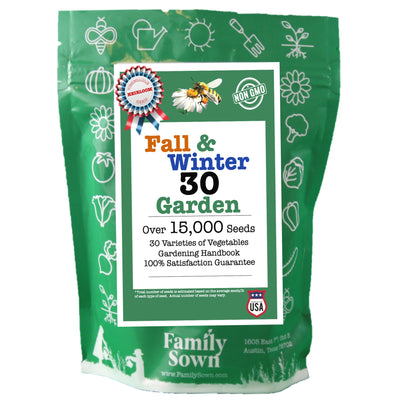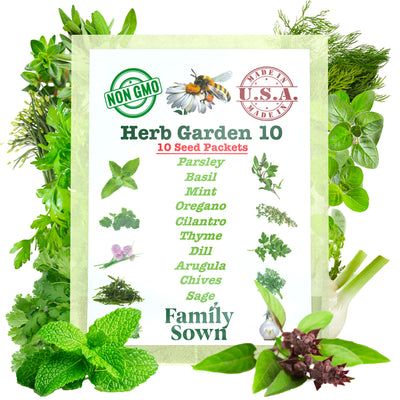How to Harvest and Save Seeds
There are many reasons why you should learn the art of saving seeds; those include:
Saving money instead of buying seeds Having greater control over seed selectionHaving greater control over seed quality — such as organicBuilding a seed library of plants that do well in your area. Begin the art of developing heirloom seeds.
Whatever your reason for wanting to save seeds, it's a good one.
Hybrid Seeds Vs. Non-hybrid seeds
Hybrid plants are a cross between at least two plants. That means that the seed from a hybrid plant may contain only the genetics of one of the parent plants. For that reason, it is better to start with quality non-hybrid seeds. What you get from non-hybrid seeds is a cross between a single plant (male + female), so the seeds will be like the parents.
When you breed plant A with plant B, you get an AB Hybrid. When you collect seeds from the hybrid, 50% of the seeds will be like the hybrid, 25% of the seeds will be like plant A, and 25% of the seeds will be like plant B. Of course, dominant genes can skew this. However, when you breed plant A with Plant A, you get Plant A. Seed from non-hybrid plants produce more consistent results.
Plan Collection by Family
There are three basic types of plants - Fleshy fruit plants such as a tomato or melon, seed-bearing flowers, such as carrots, onions, broccoli, and legumes. Each type requires a different method of collecting seeds.
Fleshy Vegetables and Fruit — Tomatoes, melons, cucumber, etc. Start by selecting the best vegetables, as these will most likely produce the best crop next year. Pick the veg when it is at the height of ripeness. Cut open the vegetable or fruit and remove the seeds. Spread the seeds on a clean paper towel and allow them to dry.
Legume — Bean and Peas — Allow the pods to remain on the plant until they are dry. Collect the pods and seeds. Remove the seeds from the pods and make sure they are 100 percent dry. Store them in an envelope or paper sack. The same is true of corn. Let the ear stay on the stalk until it is completely dry.
Flowering vegetables such as carrots allow a few plants to go to seed. After the flowers begin to fade, place a paper bag over the flower head and secure it with twine to the stem. You can snip the stem 1/4 of the way through and bend the flower down so the seeds fall in the bag. When the stem has dried, cut it. Allow the flower to fall into the bag. Open the bag and give the dried flower a few shakes to ensure all seeds are in the bag.
Tip: Select the fruit and flowers from the plants that produce the most and best crops. These plants will become the basis for next year's garden, and you want the best seeds.


























